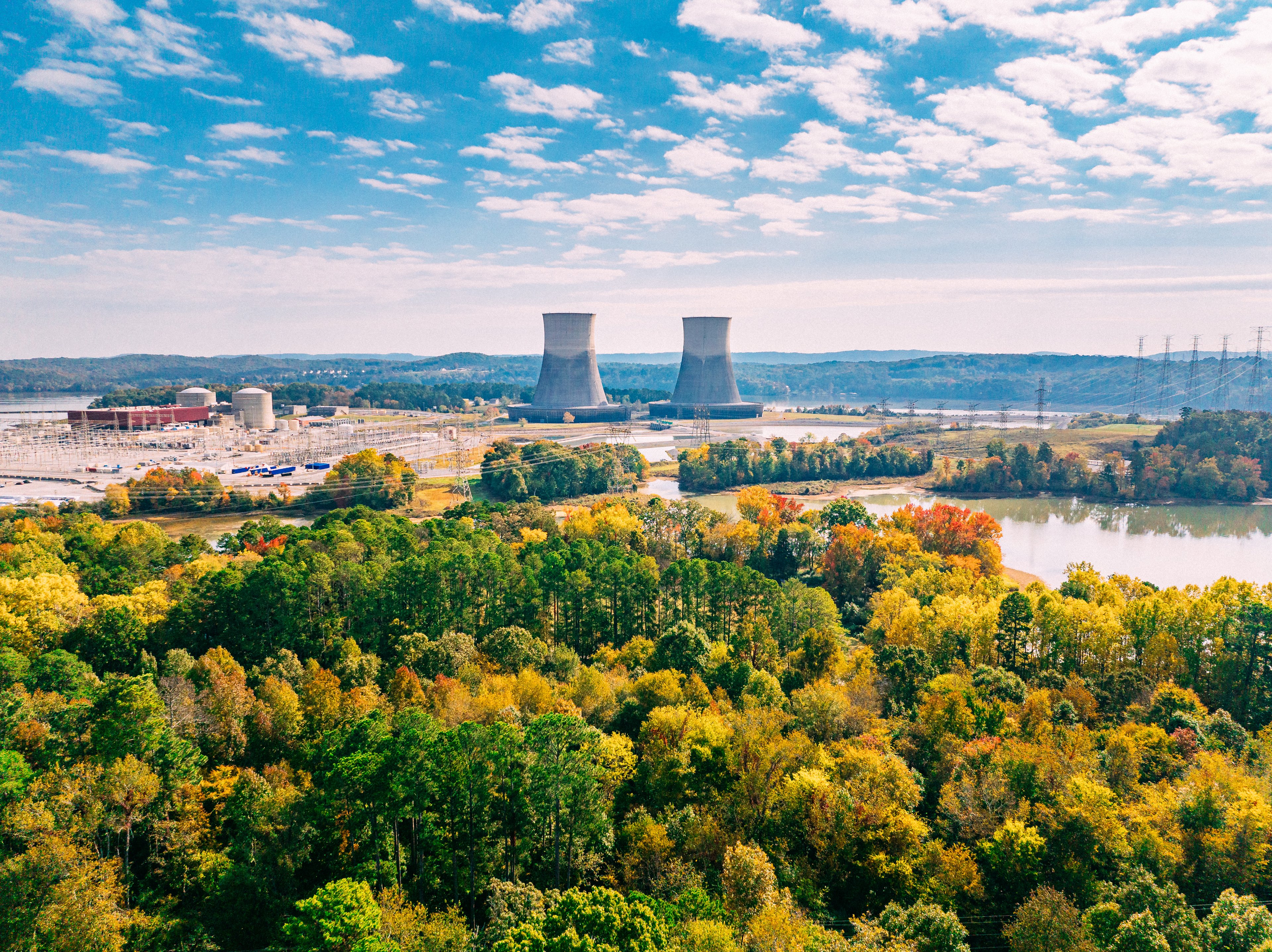Share prices of nuclear start-up Oklo (OKLO 6.25%) have soared by more than 900% in the last year alone.
In recent years, any time a stock has jumped by so much so quickly, people have started making comparisons to Nvidia (NVDA 0.56%). However, in this case, there are actually some solid reasons to think that Oklo might indeed be "the next Nvidia."

NYSE: OKLO
Key Data Points
Ups and downs for Oklo
One way Oklo stock definitely resembles Nvidia's is its volatility. In May 2024, Oklo shares tumbled 69% from their highs. That October, they rebounded sharply to set new highs. Since then, Oklo's shares have had eight drops of 20% or more from their highs, including a massive 64% drop that bottomed out in April.
That pattern is reminiscent of Nvidia's early trading history. In the three years after it went public in January 1999, Nvidia's stock experienced six drops of 30% or more, before losing nearly 90% of its value in early 2002 as the broader market was still reeling from the 9/11 terrorist attacks. It wouldn't fully recover from that drop until 2006.
Considering Oklo is still developing its reactor prototype and has no revenue or earnings, its extreme volatility is likely to continue.
Oklo sees big opportunity in small reactors
Nvidia did not grow to its unprecedented size because its graphics processing units (GPUs) dominated the graphics niche. Rather, its GPUs were so powerful and effective that they became the go-to parallel processors not just for graphics, but first for applications of many types, then for cryptocurrency mining, and finally for artificial intelligence (AI) processing. Those last two were applications that founder and CEO Jensen Huang never anticipated when he started the company.

Image source: Nvidia.
Oklo can benefit from a similarly unexpected AI-driven use case. Its small modular reactors (SMRs), it turns out, are well suited for powering AI data centers. An SMR can be housed in the same building as the data center, meaning that it doesn't need to be connected to an existing electrical grid. This allows such data processing centers to be located anywhere, even in remote locations. Additionally, the biggest physical requirement for an SMR is an advanced cooling system to prevent the nuclear core from overheating. Such a cooling system is also the biggest requirement for data centers, to prevent the servers from overheating, so co-locating SMRs with data centers makes practical sense.
Oklo founder and CEO Jacob DeWitte started the company in 2013 when he was a doctoral student in nuclear physics at MIT. That was obviously well before the potential AI-powering use case for the small reactors he had in mind became apparent. However, like Nvidia, Oklo has embraced the obvious synergy of this important market. As the AI industry grows, so will its need for sustainable, reliable electricity. Although U.S. power demand was relatively static for the last 25 years, recent estimates project it will rise by 78% over the next 50 years.
If Oklo's SMRs can provide a solution for self-powering AI data centers, the company's valuation, like Nvidia's, could soar well beyond expectations.





